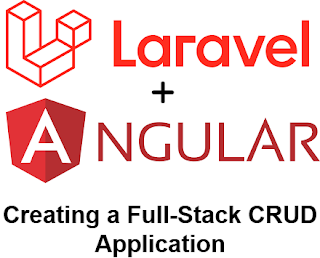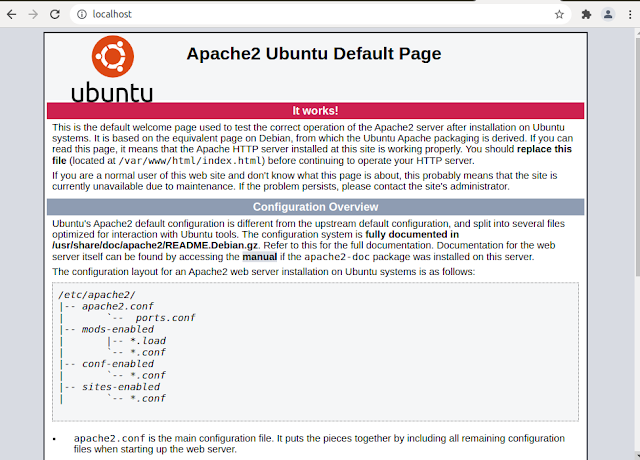Deploying a Laravel application to AWS Elastic Beanstalk

Deploying a Laravel application to AWS Elastic Beanstalk involves several steps to set up the environment, configure the application, and deploy it. Here's a step-by-step guide: Prerequisites: AWS Account : You need an AWS account. AWS CLI : Install the AWS Command Line Interface (CLI) on your local machine. Elastic Beanstalk CLI (EB CLI) : Install the Elastic Beanstalk Command Line Interface. Git : Make sure Git is installed for version control. Composer : Laravel uses Composer for dependency management, so ensure it’s installed. Laravel Project : A working Laravel project on your local machine. Step 1: Prepare Your Laravel Application Set up your .env file : Ensure your .env file is configured for production. In particular, update your database and cache configurations to use Amazon RDS, S3, or any other AWS service you plan to use. Install Dependencies : Run composer install to install your project dependencies. composer install - - optimize - autoloader - - no - dev Gener...



